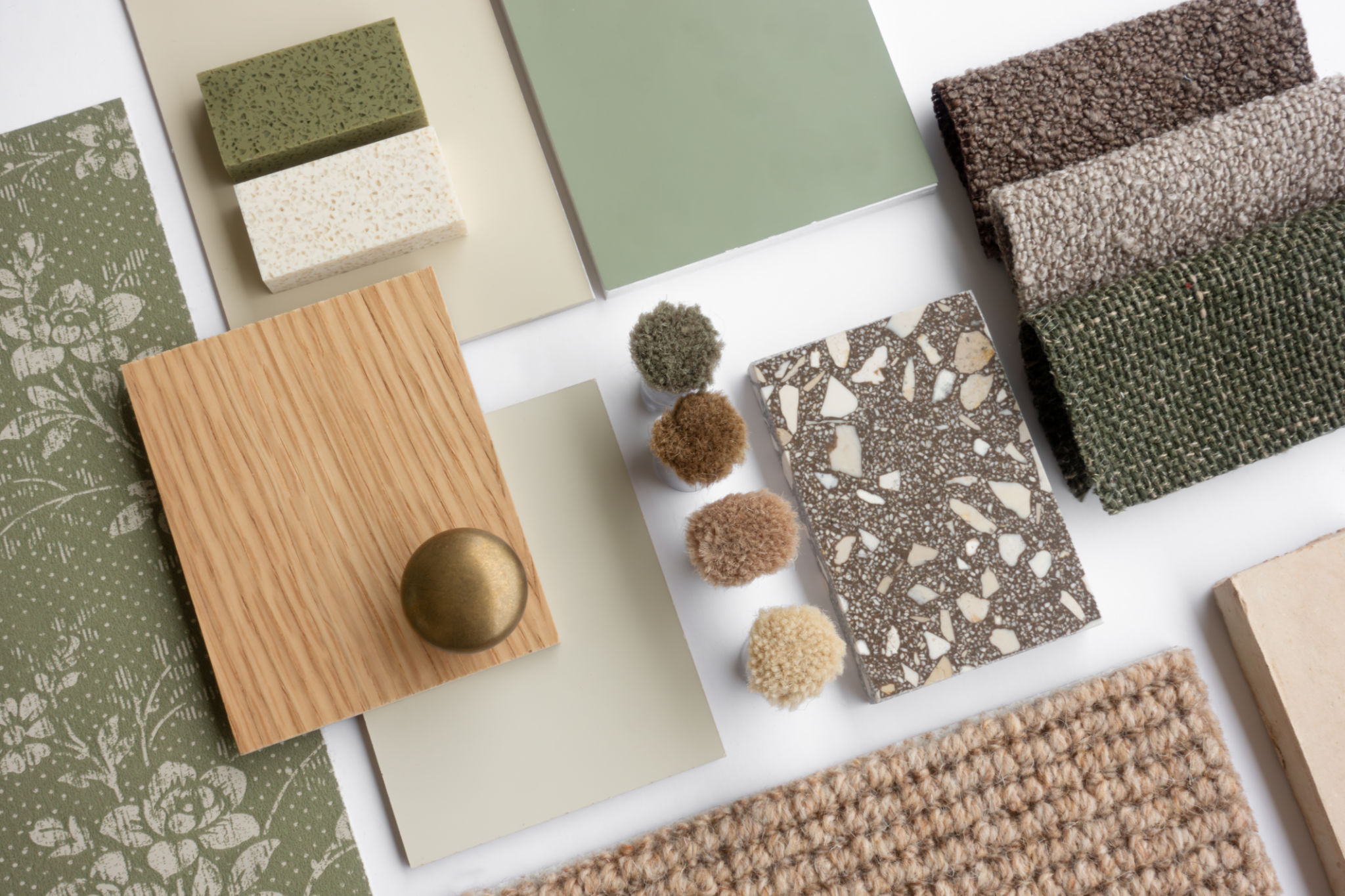Debunking Common Myths About Epoxy Flooring: What You Really Need to Know
The Durability of Epoxy Flooring
One of the most common myths about epoxy flooring is that it isn't durable. Contrary to this belief, epoxy floors are known for their incredible strength and resilience. They are designed to withstand heavy traffic, making them ideal for both residential and commercial spaces. The durability of epoxy flooring comes from its unique composition, which includes a mix of hardeners and resins that create a tough, seamless surface when cured.
Epoxy flooring can resist damage from impacts, abrasions, chemicals, and even fire. This makes it a popular choice for garages, warehouses, and industrial settings where durability is a priority. Investing in epoxy flooring means choosing a long-lasting solution that can endure the test of time.

Epoxy Flooring and Slipperiness
Another myth is that epoxy flooring is slippery, especially when wet. While it's true that some smooth finishes can be slick, there are ways to enhance the grip of epoxy floors. Adding non-slip additives during installation can significantly improve traction, making the floor safe for walking even in wet conditions. Options like silica sand or aluminum oxide can be incorporated into the topcoat for added safety.
Moreover, epoxy floors come in a variety of textures and finishes, allowing you to choose an option that balances aesthetics with functionality. Whether you prefer a matte or glossy look, modern epoxy solutions offer numerous ways to customize your flooring to meet safety standards.
Maintenance Misconceptions
Epoxy flooring is often perceived as high-maintenance, but this couldn't be further from the truth. In reality, epoxy floors are incredibly easy to maintain. Their seamless and non-porous nature prevents dirt and grime from settling into cracks, making cleaning a breeze. Regular sweeping and mopping with a mild detergent are usually sufficient to keep the floor looking pristine.

Unlike other flooring options that may require frequent waxing or polishing, epoxy floors maintain their shine without much effort. This low-maintenance feature makes them an attractive choice for busy households and businesses looking to minimize upkeep.
Environmental Impact of Epoxy Flooring
There are concerns about the environmental impact of epoxy flooring, particularly regarding its production and installation. However, many modern epoxy formulations are designed with eco-friendliness in mind. These include low-VOC (volatile organic compounds) options that reduce emissions during application.
Additionally, epoxy flooring contributes to energy efficiency by reflecting light, which can reduce the need for artificial lighting in large spaces. Its longevity also means less frequent replacements, reducing material waste over time. Choosing an eco-friendly epoxy solution can align with sustainable building practices.

Cost Considerations
Some believe that epoxy flooring is prohibitively expensive. While the initial investment might be higher than some alternatives, its cost-effectiveness becomes apparent over time. The long lifespan and minimal maintenance requirements of epoxy floors translate into significant savings in repair and replacement costs.
Moreover, the versatility of epoxy allows it to mimic more expensive materials like marble or terrazzo at a fraction of the cost. This ability to achieve a high-end look without breaking the bank makes epoxy flooring an attractive option for budget-conscious consumers.